Upcoming Events & Programs
Upcoming Events & Programs


Getting Started with Pigs
Unpacking the Teen Years
4-H Saturdays
Discipline is Not a Dirty Word
Caregiver Support Group
ASCEND to New Heights
Intro to Yoga & Mindfulness for Diverse
Abilities
109th Annual Meeting
See more events and opportunities on sullivancce.org/events.



Follow us on Facebook and Instagram!
Issue Highlights Issue Highlights

ssue
Grants up to $30,000 Available for Farmers
Plant Garlic This October!
Caregiver Support Groups Starting
CCE Spotlight: Growing Healthy Soil with Cover Crops
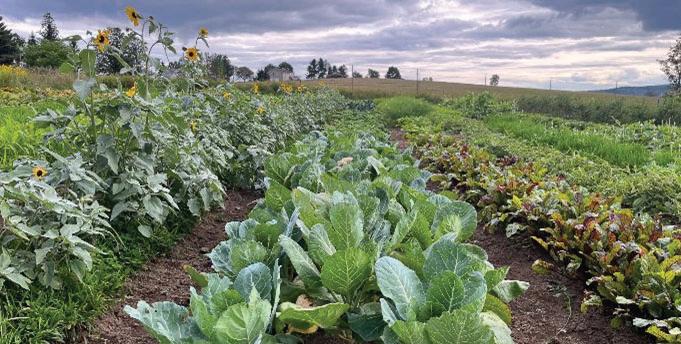
Racial Equity Messaging Must be More Inclusive
Why Join 4-H?
Month! Check out page 10 for fun facts about pumpkins!
Crops and cover crops grown at Bobolink Farm by Brenda Miller, where a recent crops workshop took place.
YOUR LINK TO LOCAL, RESEARCH-BASED SOLUTIONS TO BETTER YOUR LIFE VOLUME XCIV NO. 10 OCTOBER 2023 USPS-525-100
Extension Connection Sullivan County
Welcome
the Issue!
WelcometotheIssue!TableofContents Welcome to the Issue! Table of Contents
Page 3 Message from the Executive Director
Page 4 Grants Up to $30,000 Available to Farmers
Page 6 Plant Garlic this October!
Page 7 Caregiver Support Groups Starting
Page 8 CCE Spotlight!
Page 10 Fun Facts!
Page 12 Racial Equity Messaging Must be More Inclusive
Page 15 USDA
Discrimination Financial Assistance Program
Page 16 Creating Healthier Communities: ActivityFriendly Routes to
Everyday Destinations
Page 18 Why Join 4-H?
Page 19 Thanks to our sponsors!
Page 20 Creating Healthy Schools and Communities in Sullivan County invites you to ASCEND
The Extension Connection (USPS-525-100) is published monthly for $25.00 enrollment by Cornell Cooperative Extension Sullivan County, located at 64 Ferndale-Loomis Road, Suite 1, Liberty, NY 12754-2903. Entered at Liberty, New York, as a periodical class matter. Acceptance for mailing at special rate of postage provided for in section 412, Act of February 24, 1925. POSTMASTER: Send address changes to Extension Connection, 64 Ferndale-Loomis Road, Suite 1, Liberty, NY 12754-2903.

OFFICE HOURS
Hours: Mon - Fri | 8:30 am to 4:30 pm
Phone: 845-292-6180
E-mail: sullivan@cornell.edu


Website: www.sullivancce.org
Facebook.com/ccesullivanagfood
Instagram.com/ccesullivan
YouTube: bitly.com/ccesullivan
BOARD OF DIRECTORS
Dara Smith............................President
Alex Alorro...................Vice President
Denise Frangipane...............Secretary
Dawn Parsons.......................Treasurer
Nadia Rajsz.................Legislative Rep.
Adam Hughes..................Cornell Rep.
Freda Eisenberg
Amanda Langseder
Denise Luckman
Erika Malmgreen
Steve Marton
Gary Silver
Gary Silverman
Marcie Wild
PROGRAM COMMITTEE
Heather Brown
Roberta Chambers
Robert Kaplan, Chairperson
Eugene Thalmann
Deborah Worden
EXTENSION CONNECTION
Produced by: Cornell Cooperative Extension Sullivan County
Edited by: Aaron Denman & Colleen Monaghan
Cornell Cooperative Extension Sullivan County is an employer and educator recognized for valuing AA/EEO, Protected Veterans, and Individuals with DisAbilities and provides equal program and employment opportunities.
NOTICE: Official endorsement of advertisers and their products is not intended by the acceptance of their sponsorships for the Extension Connection.
STAFF MEMBERS
Colleen Monaghan..............................................................................Executive Director
Taylor Adam.............................................................Beginner Farmer Program Manager
Monica Ponce-Agredano ...............................................................Ag. Program Assistant
SueAnn Boyd.........................................................Healthy Schools Program Coordinator
Fabio Campanati......................................................................Taste NY Market Manager
Alan Carroll...................................................................Food Systems Program Manager
Luciana Carvo.............................................................Sullivan Fresh Market Coordinator
Lynn Colavito..............................................Community Cupboard Program Coordinator
Martin Colavito...........................................................Prevention Programs Issue Leader
Wanda V. Cruz...............................................Healthy Communities Program Coordinator
Aaron Denman.........................................................Association Operations Coordinator
Randi Dana Hazen.......................................................Sullivan Fresh Market Coordinator
Eugene Doyle...................................................................................................Custodian
Katie Gasior.................................................................Horticulture Program Coordinator
Christopher Jones..............................................................Taste NY Operations Manager
Joy Leon.................................................................Nutrition & Physical Activity Educator
Katie Rose Lugauer...................................................................4-H Program Coordinator
Erica Lynch..........................................................Catskills Kitchen Program Coordinator
John Mastrangelo............................................................................Assistant Ag Market Manager
Nancy McGraw....................................Caregiver Resource Center Program Coordinator
Melinda Meddaugh.......................................................Ag & Food Systems Issue Leader
Vivian Monsanto...............................................................................Finance Coordinator
Barbara Moran................................................4-H Youth Development Program Manager
Bee Moser............................................................................................Senior Nutritionist
Shanice Owens..............................................Community Cupboard Program Coordinator
Vanessa Petrossian...........................Program Director: Operations and Community Vitality
Abyssinia Pla El...................................................................................Finance Coordinator
Michelle Proscia..............................................Agriculture Production Program Manager
Ann-Marie Sidtis............................................Drug Free Communities Program Assistant
Tara VanHorn.........................................................................................Finance Manager
Malinda Ware........................................................................................Program Director
Sean Welsh...................................................................Energy Senior Resource Educator
John Wilcox..........................................................................................Facilities Manager
Vinny Bonizzi, Kayla Evans......................................................................Ag Market Coordinators
Extension Connection October 2023 Page 2
to
Table of Contents The Extension Connection (USPS525100)is published monthlyf or $2500 enrollment by CornellCooperative
Extension Sullivan
Happy Harvest Friends of Extension,
I hope this note finds you well. On Wednesday, November 1 at 5:30pm at the The Big Red Barn in Hurleyville, CCE Sullivan will host its 109th Annual Meeting. If you would like to join us to celebrate the year and our Friends of Extension, please visit sullivancce.org/events, call Aaron at 845-292-6180 or email sullivan@cornell. edu to register. There is no cost to attend. Our guest speaker is Program Director of the Cornell Small Farms program at Cornell University, Anu Rangarajan will give a talk about how investments in diverse small farm operations promote local economies, communities, and wellness. We will also celebrate our annual Friends of Extension awardees.

This year’s Friends of Extension recipients include:




















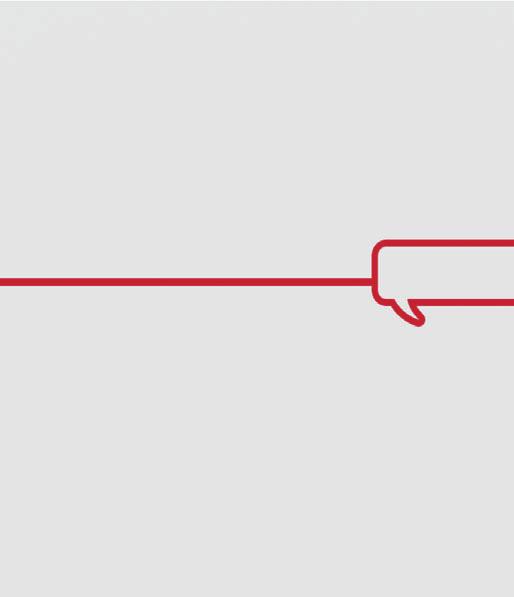
• Farm recipient: ALL Family Farm
• Community partner recipient: Action Toward Independence

• Municipal recipient: Town of Fallsburg Parks and Recreation

• Business recipient: M&P Builders
• School based recipient: Fallsburg Central School District

• Volunteer recipient: 4-H Small Town Country Club Leader Jenny Phelps
Over the next few months, we’ll be working through our annual reporting to the National Institute of Food and Agriculture (NIFA), United States Department of Agriculture (USDA), Cornell University, the New York State Department of Agriculture and Markets, and Sullivan County Government. While we may go quiet for a bit, we’re still here in Liberty to take your inquiries and provide you with research backed resources and opportunities to build community together throughout the winter.
As always, we’re here for you, and are looking forward to continuing Extension work in Sullivan County as the new year approaches.
Yours truly,
Colleen Monaghan Executive Director, cm638@cornell.edu

Page 3 Extension Connection October 2023
GRANTS UP TO $30,000 AVAILABLE FOR FARMERS
Submitted by Taylor Adam, Beginner Farmer Program Manager
The Call for 2024 Northeast SARE Farmer Grants is now available. Approximately $800,000 has been allocated to fund projects for this grant cycle. Awards of up to $30,000 are available, depending on the complexity of a project. The online system for submitting proposals will open on September 15,2023. Proposals are due no later than 5:00 p.m. EST on November 14, 2023.
Northeast SARE Farmer Grants provide the resources farmers need to explore new concepts in sustainable agriculture conducted through experiments, surveys, prototypes, on-farm demonstrations or other research and education techniques. Projects address issues that affect farming with long-term sustainability in mind.
Farmer Grants are designed to be a strong starting point for farmers interested in pursuing grant funding for projects. Before starting their proposals, potential candidates identify a Technical Advisor who can provide non-farming expertise in areas such
as research design, troubleshooting, and promotion.
The Technical Advisor acts as a go-to support person throughout the grant project, making it easier on first time grantees and forging new relationships in agricultural communities across the Northeast.
Northeast SARE funds projects in a wide variety of topics, including marketing and business, crop production, raising livestock, aquaculture, social sustainability, climate-smart agriculture practices, urban and Indigenous agriculture and more.
Northeast SARE covers the Northeast and Mid-Atlantic states of Connecticut, Delaware, Maine, Massachusetts, Maryland, New Hampshire, New Jersey, New York, Pennsylvania, Rhode Island, West Virginia, Vermont, and Washington, D.C.
The Farmer Grant program is driven by the Northeast SARE Outcome Statement:
“Northeast agricultural communities honor the holistic connection among land, water, air, and all living beings. Agriculture in the Northeast is accessible,
sustainable, and just, addressing historic and current inequities so all farmers and farm employees can steward resources to ensure sustainability, resilience, economic viability, and a high quality of life.”
Extension Connection October 2023 Page 4
Source:
Northeast SARE. (2023, August 22). Innovations northeast sustainable agriculture research & education (sare).
Farmer Grant Program 2024 Call for Proposals
Important Dates
The online system will open to accept proposals starting on:September 15, 2023 Proposals, with all required attachments, are due no later than: November 14, 2023, 5:00 p.m. ET
Proposals are submitted online at: https://projects.sare.org/.
If you are unable to use the online system please contact us as soon as possible at northeast-fr@sare.org or 802-656-7650.
About Northeast SARE
The Northeast Sustainable Agriculture Research and Education (SARE) Program offers competitive grants to farmers, educators, service providers, researchers, nonprofit staff, graduate students and others to address key issues affecting the sustainability ofagriculture throughout our region. Northeast SARE is one of four regional SARE programs funded by the USDA National Institute of Food and Agriculture (NIFA).

The program—including funding decisions—is driven by the Northeast SARE outcome statement: Northeast agricultural communities honor the holistic connection among land, water, air, and all living beings. Agriculture in the Northeast is accessible, sustainable, and just, addressing historic and current inequities so all farmers and farm employees can steward resources to ensure sustainability, resilience, economic viability, and a high quality of life.
The Northeast region includes Connecticut, Delaware, Maine, Massachusetts, Maryland, New Hampshire, New Jersey, New York, Pennsylvania, Rhode Island, West Virginia, Vermont, and Washington, D.C.
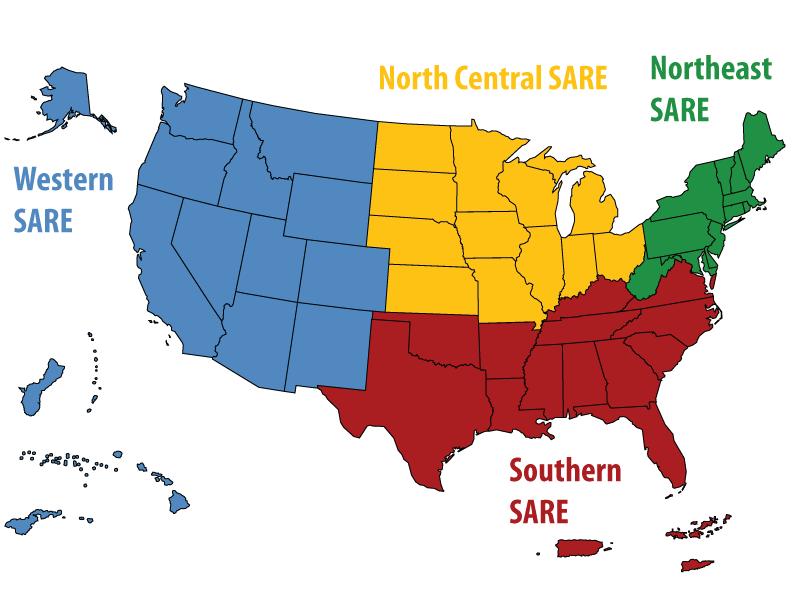
Page 5 Extension Connection October 2023
Inside About the Grant Program ...................... 2 Use of Funds ........................................ 5 Proposal Selection Process .................. 6 Preparing Your Proposal ...................... 6 Proposal Checklist ................................ 8 Proposal Questions .............................. 9 Expectations for Funded Proposals .... 17 AppendixA: Budget Guidance and Example Budget ................................. 18 Appendix B: Using the Grant Management System .......................... 24
PLANT GARLIC THIS OCTOBER!
Written by Steve Reiners
Submitted by Katie Gasior, Horticulture Program Coordinator
Garlic does best in a soil that has been amended with lots of organic matter such as rotted manure or compost, and in beds that have not had garlic or onions for at least 3 years. It does not like wet feet so planting in raised beds helps.

The soil pH should be about 6.5 or slightly acid, the same as most vegetable crops. Add some fertilizer like ammonium sulfate and potassium sulfate, about 1 pound of each for every 100 square feet. For onions and garlic, the sulfur in those fertilizers helps improve flavor.
About one or two weeks
after the first killing frost in the fall, it’s time to plant. Separate the individual cloves a day before planting. Place each clove about 2 to 3 inches deep, with the tips facing up, at a spacing of 4 to 6 inches in the row, and 12 to 24 inches between rows. You can plant closer which will produce more garlic, but the cloves will be smaller.
A few weeks after planting, add a layer of straw mulch a few inches deep so soil temperatures remain steady. Freezing and thawing can push garlic to the surface. The clove will root in the fall but likely no top growth will be seen until spring unless we have along mild fall. Even if you see your garlic starting to emerge in fall, it will be just fine. Next spring, keep it watered and when about
half the plants have yellowed and browned in mid to late July, lift the plants and dry the bulbs in a warm, airy location.
And one of the great things about garlic is you can pick out your largest bulbs and cloves to plant next fall or share with your gardening friends.
Sources:
Reiners, Steve.“Plan on Garlic This Fall .” CALS, Cornell University, 21 Aug. 2020, cals.cornell. edu/school-integrative-plant-science/schoolsections/horticulture-section/outreach-andextension/pandemic-vegetable-gardening/ pandemic-vegetable-gardening-2020-archive/ plan-garlic-fall.
Extension Connection October 2023 Page 6
Caregiver Support Groups Starting
The Caregiver Resource Center (CRC) is now offering support groups and workshops on a variety of subjects that address the changing needs of the caregiver.
Weekly virtual caregiver support groups will be offered by zoom or phone beginning Sept. 26 from 4-5pm every Tuesday through December 19.
In addition, a monthly virtual caregiver support group will be offered on the 3rd Wednesday of each month from 4-5pm for caregivers of individuals with dementia and/or Alzheimer’s disease starting October 18.
Registration is required. The registration links are on our website or email us at sullivancrc@cornell.edu to register.
In-person caregiver support groups will be offered going into Fall/Winter if there is enough of an interest.
Class/Workshop Topics
The CRC Program Coordinator is now scheduling Alzheimer’s Association workshops at area libraries and community organizations. If you would like to schedule a workshop for your staff or community group, please call us at 292-6180 x 122 or email nam247@cornell.edu. The following workshops are currently being scheduled:
10 Warning Signs of Alzheimer’s Understanding Alzheimer’s & Dementia Healthy Living for Your Brain & Body
Walk With Ease for Arthritis
The Program Coordinator was recently certified in the Arthritis Foundation’s Walk With Ease program. This is a CDC-supported evidence-based program, and we plan to be offering this program in the coming months, indoors if possible during the fall/winter. This 6-week program includes meeting for one hour, 3 times per week. It incorporates gentle stretching and a short walking program designed to strengthen muscles, improve balance, , decrease pain, improve overall health and ultimately help prevent falls for those with arthritis and other health conditions that make more vigorous exercise difficult. Stay tuned in the coming weeks, and if you are interested in participating be sure to email Nancy at nam247@cornell.edu.
Page 7 Extension Connection October 2023
CCE Sullivan Spotlights Program Spotlight
GROWING HEALTHY SOILS WITH COVER CROPS ON SMALL FARMS AND MARKET GARDENS –WITH BRENDA MILLER AT BOBOLINK FARM

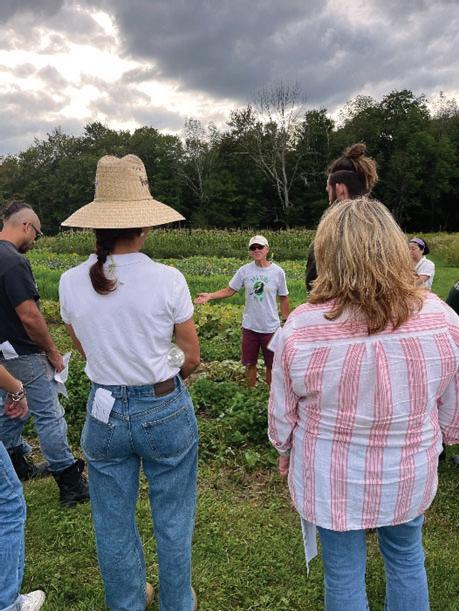

 Written by Taylor Adams, Beginner Farmer Program Manager
Written by Taylor Adams, Beginner Farmer Program Manager
On Tuesday, August 29th at Bobolink Farm, Brenda Miller led a group of growers on a walk through her fields explaining the endless benefits and uses of cover crops to feed the soil. Brenda operates her farm by supporting her soil to support the growth of healthy plants. With Brenda’s extensive knowledge and her own experience, Brenda explained the basics of soil health, like pH, nutrient availability, and organic matter. Following the soil chat participants were able to learn and see the beneficial properties of cover crops. As the Beginner Farmer Program at CCE Sullivan begins, this workshop was a great foundational first step for the program, healthy soil is a building block of successful farm businesses.
Extension Connection October 2023 Page 8
The ChopLocal webinar series is Phase 1 of a 3-year public relations and marketing program through a USDA Farmers Market Promotion Program grant. Topics range from making holiday products out of your produce to navigating


a marketing tools such as Canva and Google Business. Intersted participants can find out to register here:
https://sell.choplocal.com/local-meat-marketing/fall-2023-webinars/r/

ppg rec1RG2NKX3e6zn93




Page 9 Extension Connection October 2023
October Focus: Fast Facts, Cool Tools, & News to Use



















































































It’s October! And what is October without... pumpkins!
Each pumpkin contains about 500 seeds.







Every part of the pumpkin is edible, including the skin, leaves, owers, and stem. Pumpkin and other squash blossoms can be eaten raw. They’re also particularly tasty when lightly battered and fried!
Pumpkins are native to Central America and Mexico. Originally small and bitter, they were selectively bred by Central and Native Americans to be bigger, fleshier, and sweeter.
The rst Jack-o-Lanterns weren’t made from pumpkins at all. They were made from turnips! A folk tale said that “Stingy Jack” tried to trick the devil into paying for his bar tab. After Jack died, the devil wouldn’t let Jack cross over to the afterlife. Instead, he had to wander the Earth at night, lit by a single coal. He put his coal in a hollowed out turnip, and earned the nickname “Jack of the Lantern.” This Irish tale led to the tradition of carving turnips in Jack’s likeness, to keep him at bay.
Extension Connection October 2023 Page 10
Pumpkin is a great source of beta carotene, which gives it its orange color (just like carrots and sweet potatoes). Beta carotene turns into vitamin A after you eat it, which is great for your eye and skin health, and supports your immune system.


Although we often think of pumpkins as vegetables, they’re actually fruits!





Pumpkins, along with cucumbers, tomatoes, and avocados, come from the flowers of their plants. That makes them all fruits.
during world war ii, many americans grew “victory gardens” to supplement their grocery rations. pennsylvania’s the victory garden handbook from 1944 recommended growing and eating pumpkins for their nutritional value.
The current record for the World’s Heaviest Pumpkin is 2,624 lbs. That’s the weight of a 1971 Ford Maverick! This gigantic gourd was grown by Belgian Mathias Willemijns in 2016.
The largest pumpkin pie ever made came from the New Bremen Pumpkinfest in Ohio. This Guinness World Record holding pie had a diameter of 20 feet in diameter and weighed 3,699 pounds. Its crust was made from 440 sheets of dough!
Trevor Hunt holds the Guinness World Record for most pumpkins carved in an hour. He carved 109 pumpkins in 60 minutes, or just 33 seconds per pumpkin.
Page 11 Extension Connection October 2023
Source:
“25 Fascinating Pumpkin Facts.” Barton Hill Farms, September 15, 2021. https://bartonhillfarms. com/25-fascinating-pumpkin-facts/.
RACIAL EQUITY MESSAGING MUST BE MORE INCLUSIVE
Written by Tom Fleischman
Submitted by Aaron Denman, Association Operations Coordinator, and Malinda Ware, Program Director and Chair of Association DEI Committee
In a review of more than three decades’ worth of studies that examine support for, or opposition to, policies with racial equity implications, a Cornell-led research group found that more research on messaging that includes the voices of historically marginalized people is necessary in the push toward equity.
“It is quite striking, given that these are messages about racial equity, but most of the studies are about what white people think about these issues,” said Jeff Niederdeppe, professor of communication and public policy in the College of Agriculture and Life Sciences (CALS) and senior associate dean of faculty development in the Cornell Jeb E. Brooks School of Public Policy. “Ironically, this research on racial equity centers the perspectives of white people.”
Niederdeppe is corresponding author of “Strategic Messaging to Promote Policies that Advance Racial Equity: What Do We Know, And What Do We Need to Learn?” published April 25 in Milbank Quarterly.
Co-authors include Neil Lewis Jr. ’13, assistant professor of communication (CALS) and co-director of the Action Research Collaborative in CALS and the College of Human Ecology; Jiawei Liu, postdoctoral researcher in the Department of Communication (CALS); and Mikaela Spruill, doctoral candidate in social psychology.
This research – initiated in the summer of 2019 – was informed by an observation Niederdeppe, Lewis and their collaborators noticed in how research about racial equity-related issues were being communicated by scientists and more broadly being discussed in public discourse. There were bold claims regarding the discussion of race and racial equity that were based on single studies, which nonetheless garnered a lot of media attention.
“There are lots of statements and messages
about advancing racial equity,” Lewis said.
“Especially over the past two to three years, there’s been a lot of, ‘This is what we should say, this is what we shouldn’t say,’ and so on. We’ve seen these messages a lot. But it’s worth taking a moment to ask, ‘What do these messages do? Are they helpful, or do they just make us feel good for saying them?’”
Niederdeppe and his team – including researchers from Wesleyan University and the University of Minnesota School of Public Health, part of the Collaborative on Media and Messaging (COMM) – analyzed 55 papers reporting on 80 different studies, published between January 1990 and April 2021, that tested the effects of one or more message strategies in shaping support for racial equityrelated policies.
The messaging strategies featured in each study were put into one (or more, if relevant) of the following categories:
• racial cues (brief messaging identifying the race of the people involved in an issue);
• racial stereotypes (messaging that includes race-related stereotype
Extension Connection October 2023 Page 12
information);
• non-racial cues (messages that could invite racial connotations but that do not explicitly mention race);
• social comparison frames (messages that explicitly compare social conditions and/or outcomes between racial groups);
• causal frames (messages that include statements about the root cause of racial inequity);
• responsibility frames (messages focusing on who is responsible for addressing a particular social issue);
• diversity frames (messages describing the value of diversity); and
• strategy frames (lengthier messages that depict policymaking as a strategic move to win votes).
Of the studies analyzed, 45% featured messaging strategies that employed racial cues; social comparison framing was featured in 24%. Most studies (91%) analyzed short-form messaging, and all were cross-sectional (i.e. in the moment, not studying the effects of messages over time).
One overarching finding: Brief cues that signal the Black identity of victim(s) or perpetrator(s) in the context of a social problem, in the absence of a broader contextual discussion of the causes of social issues, can undermine support for racial equity-promoting policies among white respondents. However, very few studies explore how these broader contextual discussions can move people toward greater support for racial equity, and several studies suggest that this is indeed possible.
Another takeaway for Niederdeppe and Lewis:

Page 13 Extension Connection October 2023
It’s not just an issue of Black and white, yet that’s what most of the studies are about.
“The nation and broader world are much more complex than that,” Lewis said. “We don’t study as much how race intersects with things like gender, sexuality and many other factors that we know impact people’s lives and experiences. We need to move forward with studying some of those complexities, if we really want to have a better understanding of how these things are going to work in real life.”
There’s no one-size-fitsall answer, Niederdeppe


said, and researchers must examine this issue with a sense of humility.
“There are different kinds of policies to talk about, different audiences, different political landscapes,” he said. “There’s no checklist –‘You do this, and you will magically achieve your communication outcome.’ It’s a moving target; that’s part of the humility. Even if we studied this really well, we’re going to have to continue to learn and evolve and respond.”
The authors concluded with a call to action: “The time has arrived to invest the effort and
resources to develop, test and disseminate communication interventions that advance racial equity through policy advocacy, community mobilization and collective action.”
This research was funded by a grant from the Robert Wood Johnson Foundation, which also funds COMM.
Adapted from:
Fleischman, Tom. “Racial Equity Messaging Must Be More Inclusive.” Cornell Chronicle, April 27, 2023. https://news.cornell.edu/ stories/2023/04/racial-equitymessaging-must-be-more-inclusive.


Extension Connection October 2023 Page 14
DHI Report: August HerdCode HERDOWNER SAMPLE TYPE BREED NO. COWS MILK FAT PROTEIN 21470096 BRANDON PETERS DAIRY DHI-AP HO 97 22477 841 709 21470146 THONY'S DAIRY DHI-AP HO 51 16548 650 524 21470021 GLASSEL, ROBERT DHI-AP HO 41 14910 536 454 21470394 RADIANT RED ACRES DHIR-AP AY 3 . . .
Deadline extended toJanuary 13th, 2024!
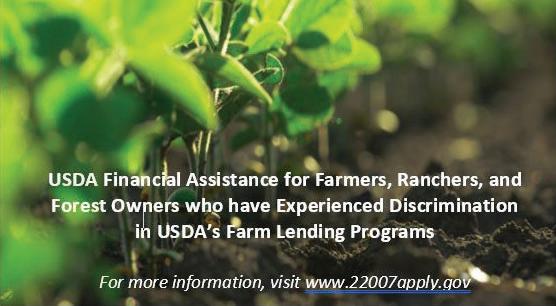
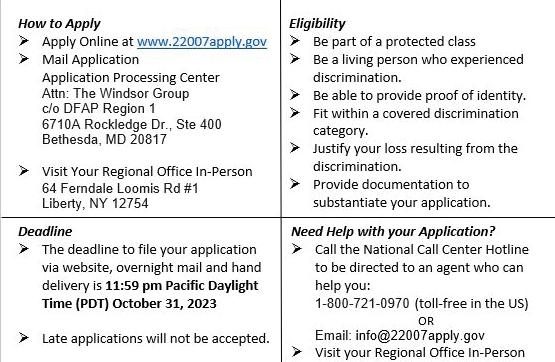
Page 15 Extension Connection October 2023
Creating Healthier Communities
Activity-Friendly Routes to Everyday Destinations
What are activity-friendly routes to everyday destinations?
Activity-friendly routes to everyday destinations are connections that let people safely and easily walk, bike, or move actively using an assistive device to reach key locations, such as homes, workplaces,
Learn more about activity-friendly routes to everyday destinations at: https://www.cdc.gov/physicalactivity/activepeoplehealthynation/index.html
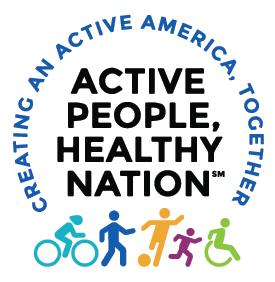
Activity-friendly routes to everyday destinations have a critical role to play in addressing the dual and inequitable
First, activity-friendly routes to everyday destinations provide safer, more accessible connections to walk, bike,
traditional street design approaches that prioritize high speeds for drivers over safety for all people who use
American people due to centuries of inequities that have undermined their health, including discrimination, lack of healthcare access, substandard housing, wage gaps, and underinvestment in safe streets and other community
1
Second, activity-friendly routes to everyday destinations create opportunities for physical activity to be a part of
physical activity is essential to prevent many leading causes of death including heart disease, diabetes, and stroke— and Indigenous communities due to the same inequities
2
these disparities, investments in activity-friendly routes
communities, and traditionally underserved neighborhoods by creating connections between the places where these
Physical inactivity & health
Only 1 in 4 adults in the United States 3
Similarly, only 1 in 5 high school students 3
for 1 in 10 premature deaths and $117
3
Of children who live within one mile of school, only 4 in 10 walk to school, partly due to the lack of safe, activity3-4
Extension Connection October 2023 Page 16
ACTIVITY-FRIENDLY ROUTES TO EVERYDAY DESTINATIONS
Safety disparities by income

Low-income neighborhoods typically have fewer sidewalks, crosswalks, and other safety features low-income communities are more likely to be struck and killed by drivers compared to people walking

is through a combination of transportation and land use safe, separated places to walk, bike, or move actively are 5 Similarly, people who live in compact neighborhoods where destinations are close together are more likely to get neighborhoods where destinations can only be reached by 5
Activity-friendly routes to everyday destinations can help to overcome health disparities—rather than perpetuate or exacerbate them—by prioritizing culturally relevant investment in communities of color, low-income communities, and communities who rely on walking, biking, moving actively using assistive devices, and riding public
CALL TO ACTION
Adopt Complete Streets policies that create healthier, activity-friendly communities and that prioritize connections between historically underserved neighborhoods and jobs, grocery stores, parks, and
community engagement practices, to ensure decisions about where and how to implement activity-friendly routes are made in partnership with residents from historically underinvested and underrepresented
Page 17 Extension Connection October 2023
1
WHY JOIN 4-H?
Written and submitted by Barbara Moran, 4-H Youth Development Program Manager
Have you ever heard of 4-H?
Are you new to 4-H and trying to figure out ways to get involved? 4-H offers club, county, district, and state events. 4-H has helped youth grow in the areas of leadership, citizenship, and community service while exploring through 4-H project areas.

Leadership is one of the most important skills used throughout life. The 4-H motto is “Making the Best Better,” and as youth continue through the years of 4-H involvement they can look back on previous 4-H projects to see how 4-H has continually made them a better person.
Holding offices from Reporter to President within a club or helping with a program, participating as a teen leader at the County Fair has expanded leadership roles of many youths County wide. Participating in community service projects helps develop a passion for helping others and allows youth to step out of their comfort zones to become better leaders for today and tomorrow.
4-H opens many eyes to realize youth can have a voice in the workings of our “club, community, country, and world,” which echoes the 4-H pledge. The 4 ‘H’s’ of 4-H represent head, heart, health, and hands.
While some clubs primarily participate in community service projects, there are also 4-H project areas such as family and consumer sciences, personal development, healthy lifestyles, and expressive arts, agriculture, animal science, STEM and more. Each year, youth compile a presentation to better public speaking skills, and develop organizational skills and record-keeping skills through 4-H project record books and portfolios.
I couldn’t begin to list everything learned through 4-H experiences, but I can
encourage you to try 4-H and see where it takes you! What’s your interest? Do you want to learn to lead with confidence, gain a better understanding of how government works, help those in your surrounding community, perform in front of others, and learn about healthy eating and how to cook, sew, or study plants and wildlife? Or are you someone who raises animals or really enjoys science projects? Even if I didn’t mention one of your favorites, I can assure you 4-H has a way for you to explore more about what you’re good at and what you have a passion for! Contact CCE Sullivan to learn how to enroll youth ages 5-18 for free!
Extension Connection October 2023 Page 18




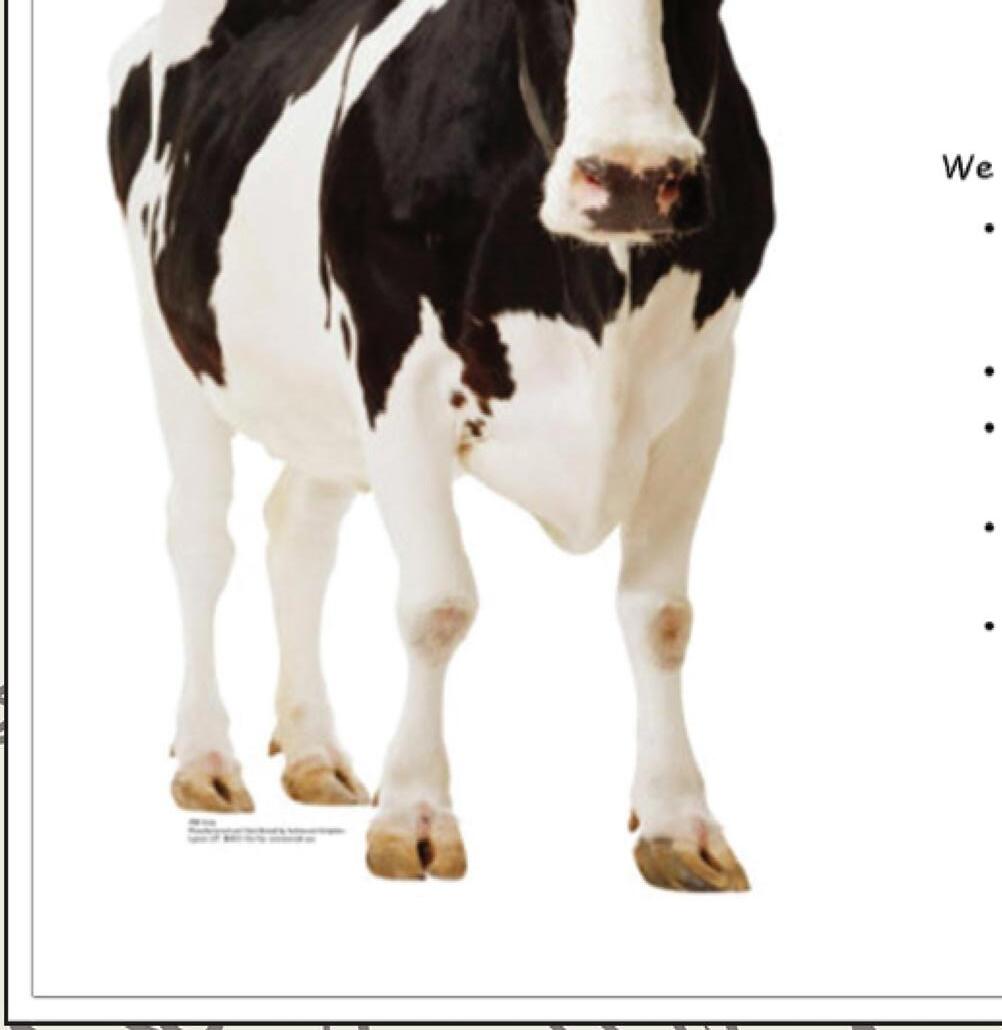





Page 19 Extension Connection October 2023




































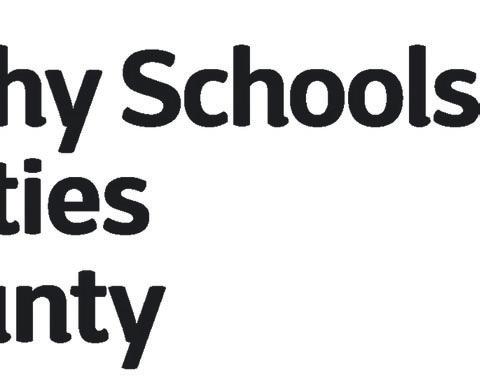




Notify CCE Sullivan if you have a change of address: 845-292-6180 sullivan@cornell.edu invitesyouto A S C E N D Advancing Schoolsand Communitiesthrough(physicalactivityand access), Education,and Nutritional Development toNewHeightsof HealthinSullivan County Wednesday,October25,2023 5:30PM-7:30PM ExtensionEducationCenter 64Ferndale-LoomisRd.,Liberty,NY12754 Registernow: Withpresentations,networking opportunities,andrefreshments!











































 Written by Taylor Adams, Beginner Farmer Program Manager
Written by Taylor Adams, Beginner Farmer Program Manager

















































































































































